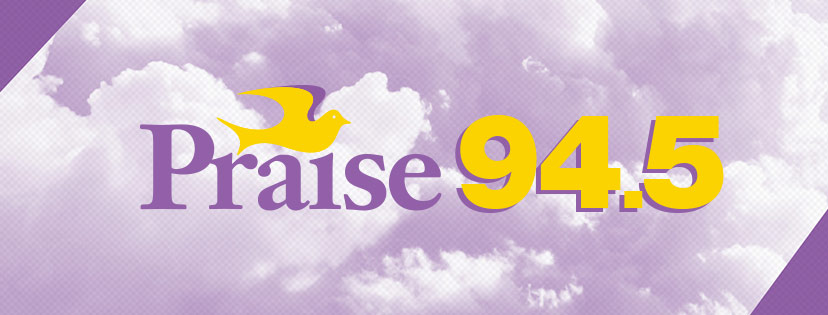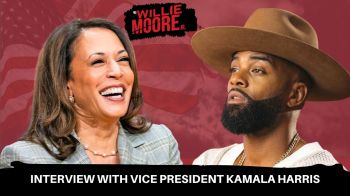In his latest book, sociologist George Yancey explores the ways Christian colleges promote racial diversity on their campuses, the responses of students and faculty members, and the strengths and weaknesses of multicultural programs.
George Yancey has been an important voice on diversity within American Christianity. In addition to authoring several books, the University of North Texas sociologist is cofounder of the Mosaix Network, a relational association that promotes multiethnic churches and interactions between ethnically diverse churches. Yancey’s most recent book, Neither Jew Nor Gentile, is an academic exploration of racial and ethnic diversity on Protestant campuses. Urban Faith contributor Joshua Canada talked to Yancey about his work. The interview has been edited for length and clarity.
URBAN FAITH: You have written a number of books about diversity. What was your motivation for writing about colleges and universities?
GEORGE YANCEY: As I worked with different churches that wanted to become more racially diverse, I noticed that they had a hard time finding pastoral and lay leaders. I realized that part of the problem was that the people they were seeking as leaders tended to come from racially homogenous colleges and universities. I wanted to study Christian colleges and universities to see how they can do a better job preparing students for a multiracial world.
You divide your findings between Conservative and Mainline institutions. What similarities and differences did you find?
Generally, conservative Protestant churches are more evangelical and more willing to make cultural adjustments to incorporate people of different races but are blinder to the power dynamics of race relations. The opposite is true about Mainline denominations in that they are more set in their worship traditions, but more aware of racial dynamics of power. … Mainline colleges and universities are more likely to utilize diversity programs than Conservative colleges and universities
You wrote that multicultural programming is not always the most effective way to promote diversity. When is programming effective?
I suspect that programming that just dictates to students what they should believe is unlikely to be effective. On the other hand, programming that encourages open dialogue and produces knowledge is likely to be effective.
How did students respond to multicultural programming?
A lot of the time, students did not even know about that programing. The most popular response was to ignore it. Other students became aware of the multicultural programming, but resented it as they thought that it just made people angry. These students had a colorblind perspective. Some students benefited from the programs since it brought them more awareness and knowledge, but most did not. White students tended to be more receptive to diversity classes compared to others’ efforts. … White students are also pretty receptive to professors of color.
Click Here to Continue Reading…
Source: Joshua Canada, Urban Faith
Most Views
- Gospel Music Icon Bishop F.C. Barnes Passes Away
- Poll: 3 In 10 Americans Say They Believe The Bible Word For Word
- Up-Date: Funeral Arrangements Set For Gospel Singer Bishop F.C. Barnes
- Kym Whitley Loses Her Mother Kaysonia ‘Kay Kay’ Whitley
- Terry McMillan: Follow Up To ‘Waiting To Exhale’ Almost Ready
- Gospel Icon Bishop F.C. Barnes Goes To His Heavenly Reward
- Herman Cain Is Running For President And Singing Gospel
- BET’s ‘Sunday Best’ Returns July 10 With 2-Hour Premiere
- BET’s ‘Sunday Best’ Returns For Fourth Season
- Madea Creator Tyler Perry Talks Pregnancy And Children












